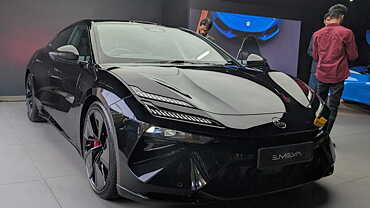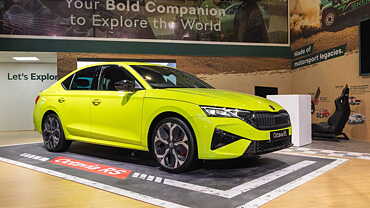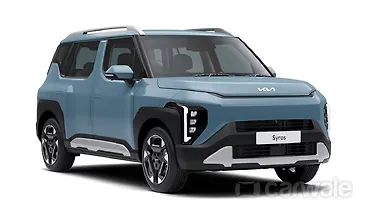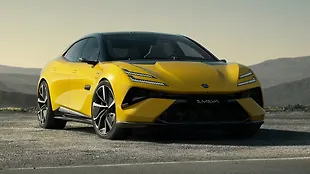
Honda partnered with a Tokyo-based startup Kabuku to develop a 3D printed electric vehicle. Basically aimed at a delivery vehicle that is narrow enough to fit through small Japanese roads where only motorcycles could navigate. Based on Honda’s Variable Design platform for micro EVs shown at the 2016 Paris Motor Show, together they bought the small electric chassis and designed custom 3D printed panels around it.

Except for the chassis and the drivetrain, all the other parts were 3D printed and attached on to it providing a design and manufacturing process which is quicker and cheaper than traditional moulding technique. It also required less equipment and fewer raw materials to create. Honda wanted to offer a vehicle with a customizable layout where drivers can choose what they need; therefore there could be lowered entry points at the doors for senior drivers, a hatchback trunk for delivery vehicles or space for a family of three.
They took some assistance from the motorcycle division, thus resulting in a pipe-based skeleton under the panelling, which is light but safe and gives the "micro commuter model" the required structural integrity. The car has a cargo area behind the driver seat thus making the Honda a single-seater. The micro-van design of the vehicle could easily be altered though because the design is quickly customisable and courtesy the 3D printing technique the modified components can be easily produced.

It took about two months for the Japanese automaker in developing the 3D printed EV and this goes on to show that the approach of 3D printing on car bodies might direct us to reduced design times and cheaper costs. The car has the rough 3D-printed surface on it though, but despite being the early steps in Honda’s efforts to offer a heavily customisable electric vehicle, this is a promising technology.


































